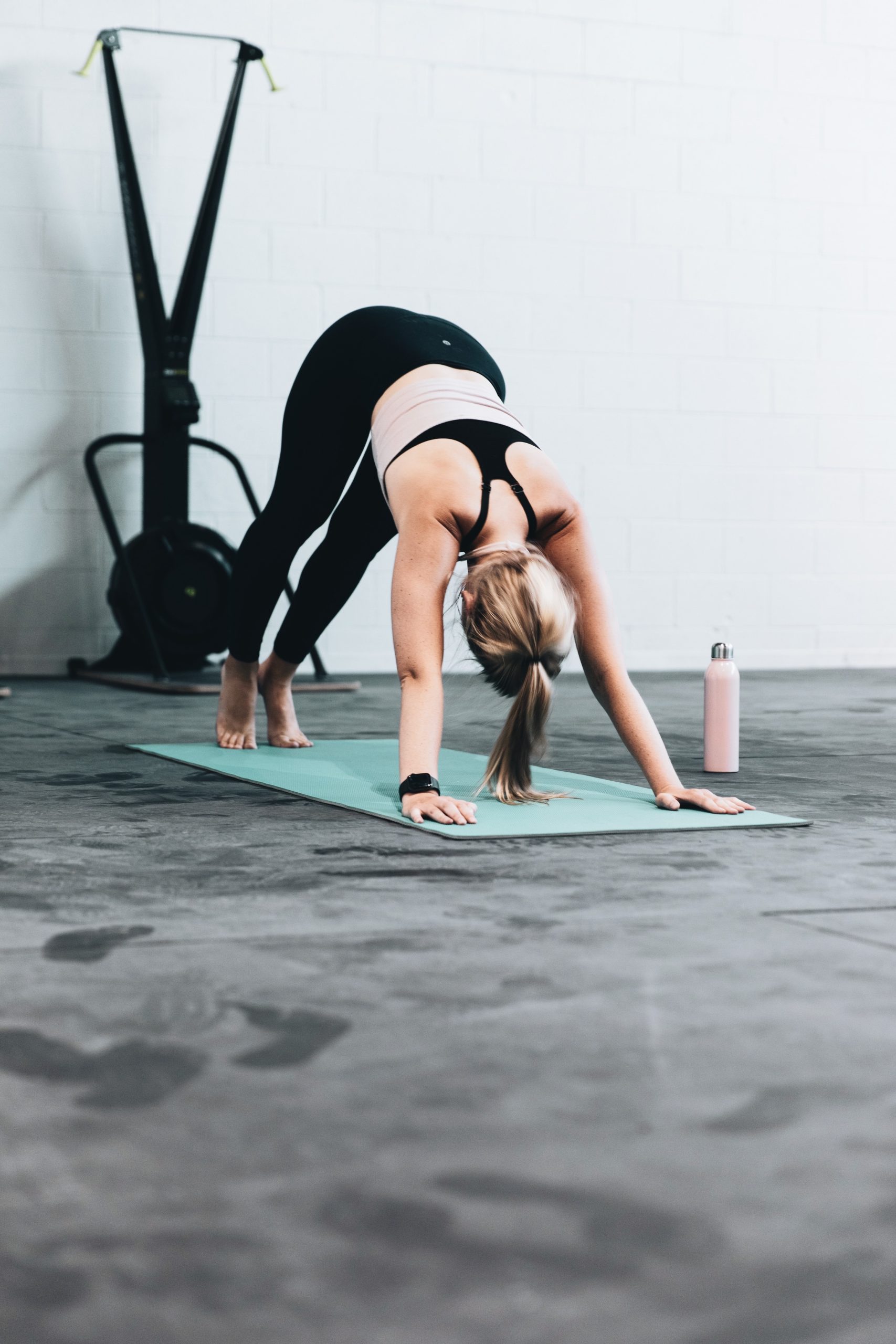Are you looking for a low-impact exercise that can transform your physical and mental health? Look no further than walking! This simple yet powerful activity has numerous benefits for people of all ages, from reducing stress to improving cardiovascular health. In this post, we’ll explore the many reasons why walking is the ultimate form of exercise, and how you can incorporate it into your daily routine to see real results. So put on your sneakers and get ready to step up your fitness game – let’s go for a walk!
Walking is a low-impact
Walking is a low-impact form of exercise that is suitable for people of all ages. Unlike running or other high-impact activities, walking places minimal stress on the joints and muscles, making it an ideal form of exercise for those with joint or muscle injuries. Additionally, walking is a weight-bearing exercise, meaning that it helps to build and maintain bone density.
It’s easy to get started
Walking is one of the easiest exercises to get started with. All you need is a good pair of shoes and a comfortable place to walk. You can start walking slowly and gradually increase your speed and distance as you get more fit. Walking is a great way to get some exercise without putting too much stress on your body. It’s also low impact, so it’s easy on your joints.
Walking has many health benefits
Walking is an excellent form of low-impact exercise that offers many health benefits. Walking can help to improve your cardiovascular health, strengthen your bones and muscles, and improve your balance and coordination. Additionally, walking can help to lower your blood pressure and cholesterol levels, and reduce your risk of developing obesity, type 2 diabetes, and certain types of cancer.
How to get started walking
Walking is one of the simplest and most effective exercises for people of all ages. It’s a low-impact form of exercise that doesn’t require any special equipment or training, and it can be done almost anywhere.
There are many benefits to walking, including improved cardiovascular health, increased muscle strength and endurance, and improved mental well-being. Walking can also help you manage your weight, improve your balance and coordination, and reduce your risk of injuries.
If you’re new to walking, start with short walks around your neighborhood or local park. Gradually increase the distance and pace of your walks as you become more comfortable with the activity. Remember to warm up with a few minutes of easy walking before you start your walk, and cool down with some easy walking at the end of your walk.
Tips for sticking with a walking routine
Starting a walking routine is easy, but sticking with it can be hard. Here are a few tips to help you stick with your walking routine:
1. Set realistic goals. If you’re new to walking, don’t try to walk for an hour every day. Start with a goal that’s achievable, like walking for 20 minutes three times a week. As you get more comfortable with walking, you can gradually increase your goal.
2. Find a walking buddy. Walking with someone else can make the time fly by and make it more enjoyable. It also holds you accountable – if you know someone is waiting for you, you’re less likely to skip your walk.
3. Mix things up. If you get bored easily, mix up your walking routine so you don’t get stuck in a rut. Try different routes, walk at different times of day, or walk in different locations (if you have access to multiple places to walk).
4. Make it a priority. Just like any other commitment, make sure walking is a priority in your life. Put it on your calendar and treat it like any other appointment – don’t skip it unless there’s an emergency.
5. Be patient. Don’t expect to see results overnight – it takes time to see the benefits of walking (or any other exercise). Stick with it and be patient, and eventually you’ll start seeing (and feeling) the benefits of your efforts!
Walking for different fitness levels
Walking is an excellent form of exercise for people of all ages and fitness levels. It is a low-impact activity that does not require any special equipment or training, making it a great option for those just starting out on their fitness journey. And, research has shown that even a moderate amount of walking can have significant health benefits.
So, whether you are looking to improve your overall health, lose weight, or simply get some fresh air and boost your mood, there are many good reasons to start walking today. Here are a few tips to help you get started:
1. Choose a comfortable pair of shoes – This is especially important if you are going to be walking regularly. A good pair of walking shoes will provide support and cushioning to help reduce impact on your joints.
2. Start slow – If you are new to exercise, or haven’t exercised in a while, it’s important to start slowly and build up gradually. Begin with short walks around the block or neighborhood, and then increase the distance as you become more comfortable.
3. Find a walking buddy – Walking with a friend or family member can make the time fly by and make the experience more enjoyable. Plus, it’s always good to have someone there for motivation and support.
4. Mix it up – Once you have established a regular walking routine, mix things up from time to time to keep things interesting. Walk in different locations (e
Conclusion
Walking is an easy and enjoyable way to get in some exercise without any special equipment or high-intensity activity. Not only does it provide the health benefits of regular physical activity, but it also can be a relaxing form of stress relief. Whether you’re a beginner looking for an accessible form of exercise or a seasoned athlete wanting to add variety to your current routine, walking is sure to provide you with the results you seek. So what are you waiting for? Get out there and enjoy all that walking has to offer!









